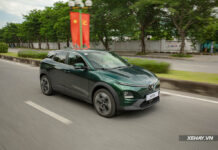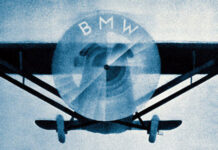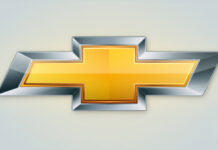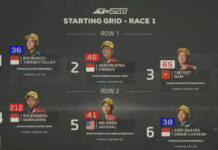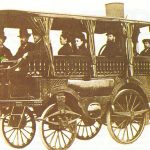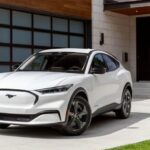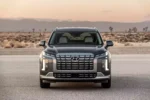The internal combustion engine was invented in 1794 by Robert Street. And for over 200 years now, we have been using them in most of our daily means of transportation.
Fortunately, if it weren’t for the internal combustion engine, we might still have to use steam engines, and all cars would have the shape of trucks or pickup trucks, with a coal bin and a steam boiler at the back. We would have to shovel more coal every time we stopped at a red light.
The principle of operation of the internal combustion engine is to burn a mixture of fuel and air in a closed space (cylinder) and transfer the energy of this combustion process to the wheels. To generate the combustion reaction, the engine requires air and fuel. In naturally aspirated engines, the amount of air sucked into the engine is limited by the cylinder capacity, just as we use a 100cc water injection cylinder, the amount of water entering is only limited to 100cc.

To increase power, we can increase the cylinder capacity. Many manufacturers have produced commercial car engines up to 8000cc. However, to have a large displacement engine, the engine will be larger and heavier. Many V12 engines on sedan cars weigh up to 700kg compared to 4-cylinder engines weighing less than 200kg.
Heavier engines require a stronger frame, a larger braking system, and a much larger overall vehicle weight, reducing agility, and above all, the cost of the vehicle itself is greatly increased.
The problem of keeping the displacement constant and increasing power by adding more air into the engine was invented by Gottlieb Daimler in 1885. With the method of using an air pump operated by the engine itself. It can be said that this is a form of supercharging using an air compressor. Although the power on the same displacement of a Supercharger engine compared to a non-supercharged engine is significantly different, the engine still loses some power to operate this air compressor.

In 1905, Swiss engineer Alfred Buchi invented the Turbocharger, which is a fan-shaped air compressor operated by the excess energy of the engine – exhaust gas. Although born in 1905, it took 20 years for Turbocharger technology to be perfected and put into practical use.
In the late 20th century and early 21st century, turbocharged or supercharged engines were almost exclusively used in sports cars. The main barrier lies in the high cost of manufacturing supercharged engines: requiring better materials, more sophisticated manufacturing technology, so automakers have followed the path of multi-cylinder and large-displacement engines.

Nowadays, as petroleum resources become scarce, current cars need new engines that consume less fuel and are more environmentally friendly. Today’s technology allows for the production of turbocharged engines with impressive power, for example, the AMG engine on the A45 produces 381hp with a displacement of only 2000cc and 4 cylinders, a figure that we only saw in V8 engines with a displacement of 5,000-6,000cc in the past decades.
With advanced electronic control technology, today’s turbocharged engines are quite fuel-efficient and have a very high power-to-weight ratio. Automakers are in the process of transitioning from naturally aspirated engines to turbocharged engines to save fuel and reduce emissions.
The Ford Eco Boost engine generation on the new Fiesta, although only 1.0 displacement, delivers equivalent power to the previous 1.6 generation with better fuel efficiency. Honda is also replacing the 2.4 engines on the CR-V with the new Turbo VTEC 1.5 engine, which has equivalent power and lower fuel consumption. And most diesel engines today use turbocharging because of its superior capabilities.
For over 200 years since the invention of the internal combustion engine, many technologies have been applied to make it better and we can say that Turbocharging has taken the performance of the internal combustion engine to a new level.
Gaz69 (forum.autodaily.vn)
Toyota Unveils 14-Speed Manual Transmission for Electric Vehicles
Toyota, a newcomer to the electric car market, is aiming to set itself apart by incorporating manual transmission into its upcoming electric car models. By doing so, Toyota seeks to offer a unique driving experience to its customers, combining the environmental benefits of electric vehicles with the thrill and control of manually shifting gears. In a world where many electric cars feature automatic transmissions, Toyota’s decision to bring the manual transmission back into the mix demonstrates their commitment to innovation and catering to the preferences of driving enthusiasts. With this bold move, Toyota aims to attract a new wave of consumers who value both sustainability and the joy of driving.










